Nikon Df review
The Nikon Df is the brand's new DSLR, taking style cues from its old 35mm film models

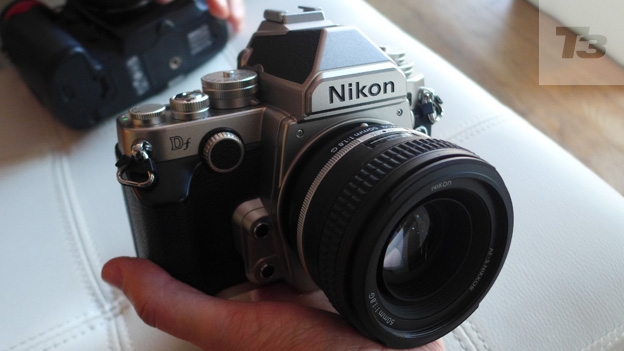
-
+
Retro design
-
+
Fantastic picture quality
-
+
Weatherproof
-
-
No video
-
-
No Wi-Fi or GPS
-
-
Pricey
Why you can trust T3

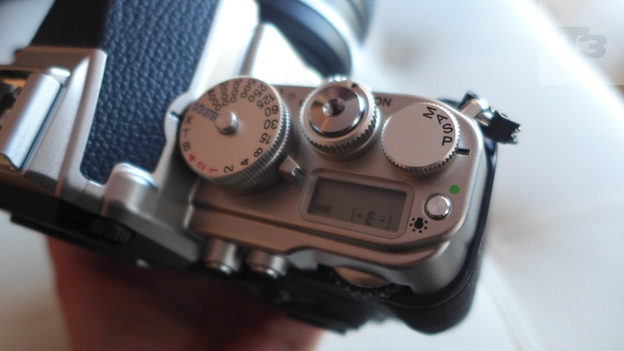
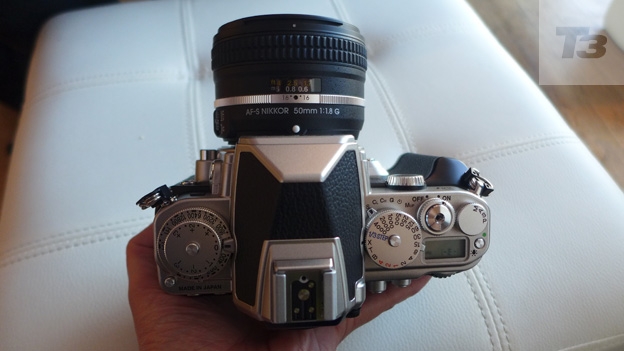
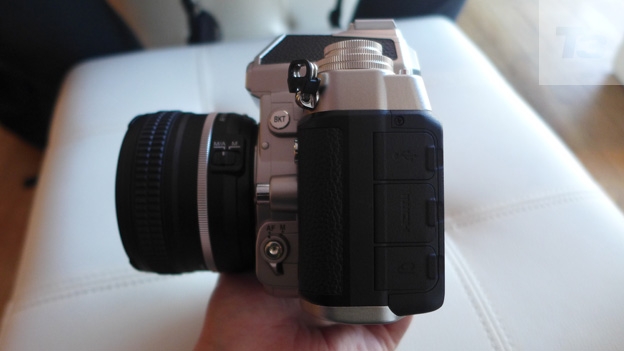

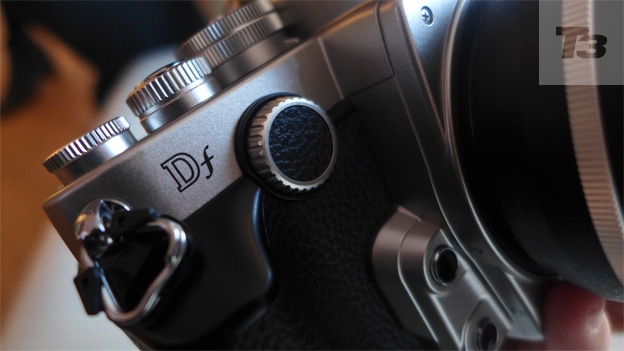
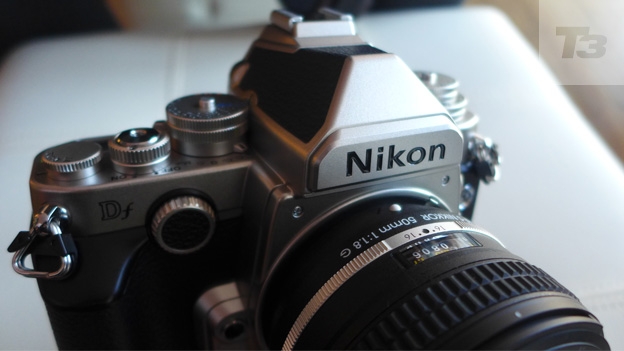

Nikon has expanded its flagship D range with a model that mixes retro looks with modern tech. But does it deliver? Here's our Nikon Df review
The Nikon Df DSLR sports a distinctive retro design that's based on the maker's old 35mm film cameras, such as the Nikon FM.
The f in Df stands for 'fusion' between old design and new tech, with the thoroughly modern spec list featuring the same 16.2-megapixel full-frame CMOS sensor and EXPEED 3 image processor found in the maker's flagship pro camera - the Nikon D4.
This means that it sits somewhere below the D4 and above the Nikon D7100 in the brand's lineup and is aimed at pros, 'enthusiasts' and those who just want an insanely cool-looking camera.
One of the Df's strong points is the inclusion of collapsible coupling lever means that you can use the camera with with vintage non-Ai lenses as well as Nikon's current selection of lenses.
Nikon Df: Size and build
Made from magnesium alloy, the camera body feels reassuringly weighty and doesn't feel like it's going to topple over the second that you attach a lens, like many compact system cameras do. However, it's actually the lightest of Nikon's FX-format cameras.
The handgrip is modestly proportioned but very grippy and comfy, so the camera feels safe in your hands.
The leather-look rubbery finish extends around the camera body, contributing to the retro aesthetics, along with the pyramid shape over the lens, and the throwback Nikon font.
We've seen quite a few brands using retro designs as inspiration for their latest Compact System Camera models - step forward, Fujifilm X20, Pentax Q10 and Samsung NX300), but this is the first time we've seen it on a DSLR.
The fold-out handle on the battery compartment is a nice touch that means the door shouldn't accidentally open itself in your bag - something that sometimes tends to happen on cameras lower down the range, like the Nikon D3200.
Nikon Df: Features
The Df sports a 39-point autofocus system which, although it doesn't quite match up to the D4's 51-point system), is also superb.
The camera features the same weather resistant body as the Nikon D800 which is a handy touch that means you don't need to worry if you're shooting in the inevitable British drizzle.
Other features include a decent 5.5fps burst rate but we were suprised by the lack of Wi-Fi or GPS.
Nikon Df: Controls
Controls are fairly standard - you get all the backplate buttons you'd expect on a Nikon DSLR, including a Live View button for switching away from the viewfinder to the screen.
The exposure mode dial has the usual options for program, shutter priority, aperture priority and manual. You have to lift up the dial to turn it (we'll admit, it took us a little while to work that out). The dial itself is s quite small which, combined with the mechanism, means that it's not that easy to change modes in a hurry.
All the other dials use traditional lock buttons that you'd find on a pro level camera, so they're a little easier to handle. The shutter speed dial also uses different colour text to differentiate between speed ranges.
All of the physical dials are crafted from metal and sport the reassuring mechanical clicks that you'd find on an older analogue camera.
Nikon Df: Screen
The 3.2-inch LCD sports a decent 921,000-dot resolution with generally good results although colours can look a little cool compared to the final result, which could cause your colour adjustments to be a little out.
Camera aficionados may be disappointed by the lack of focus peaking in Live View but you are able to magnify instead.
There's also an excellent optical viewfinder, the same one that's used on the pro-level Nikon D4, which offers 100% coverage.
Get all the latest news, reviews, deals and buying guides on gorgeous tech, home and active products from the T3 experts
Nikon Df: Picture quality
Picture quality is undeniably awesome – images are sharp and packed with detail and they even remain clear as you edge up the ISO range.
One of the Df's strong points is the inclusion of collapsible coupling lever means that you can use the camera with vintage non-Ai lenses as well as Nikon's current selection of lenses. So, this could well be the perfect camera if you've got a sizeable stash of older lenses at home.
At present you can't buy just the camera body: the Df is only available with a special edition AF-S 50mm f/1.8G NIKKOR lens, which is retro styled to match the camera. However, the bundled lens is excellent with the large aperture being great for getting some effective depth of field shots where the background around your subject is blurred to make it stand out more.
The lack of video mode is slightly surprising, as it's something that we expect to see on cameras that cost this much (the D4 has video capability). While it's true that the Df is aimed largely at photography traditionalists who won't necessarily care, we can't help but feel that the lack of video will be a deal-breaker for many people.
Nikon Df: Battery
Nikons quote 1,400 pictures per charge and while we didn't quite manage to reel off that many in our time with the camera, we found that several hundred didn't drain the battery too much.
Nikon Df: Verdict
The Nikon Df is great concept, but we can't help that it feels slightly short of the mark in its aim to mix vintage styling and mechanics with modern technology. The camera is an absolute pleasure to use, but it's a pricey beast and we reckon its appeal is slightly niche at present. If Nikon can fix the gripes (and maybe drop the price) – for future models it could well be a five-star offering.
Nikon Df release date: Out now
Nikon Df price: £2749.99 (available with kit lens only)